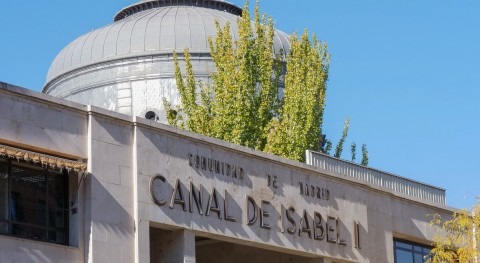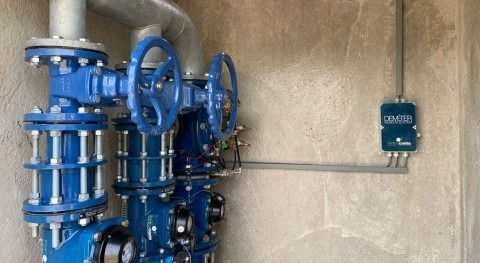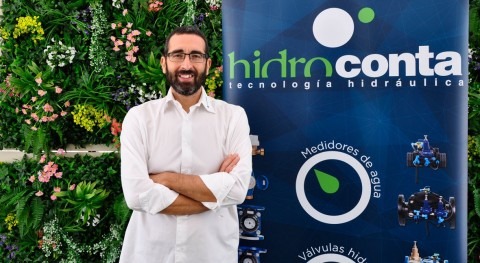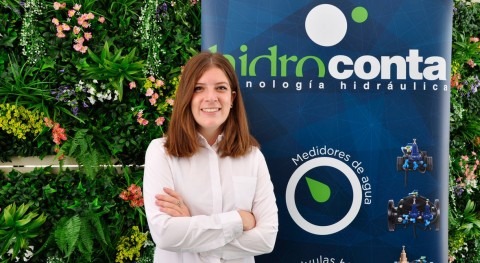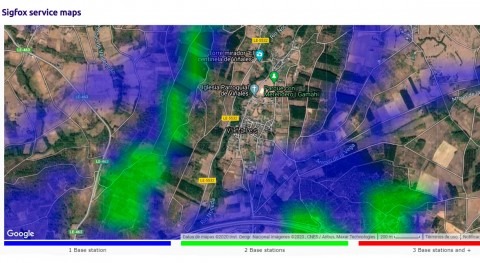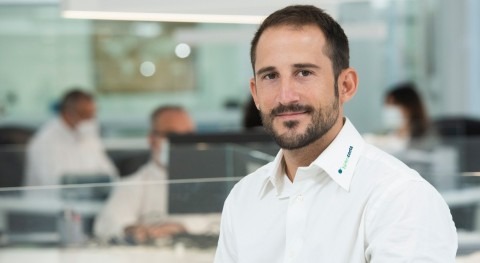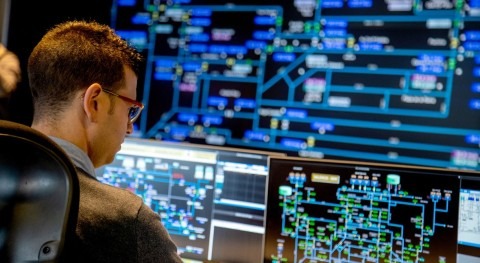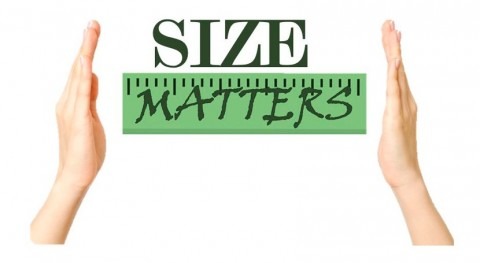The new generation of Smart Water Metering technologies is emerging by leaps and bounds in the water sector. The new needs that arise due to the current challenges, make necessary the creation of new solutions that allow managing water in a reliable and safe way. Hidroconta has launched into the mobile apps market an application that enables monitoring consumption, comparing data and managing reports. We spoke with Iker Uribesalgo, Software Director of the company, with a long experience in the development of applications for different fields in the whole range of Hidroconta's remote control and telemetry products.
Question: First of all, tell us about the Hidroconta Metering APP developed by the company and what are its applications within the water sector.
Answer: The Hidroconta Metering APP arises from the need to establish a direct communication with the final customer. That is to say, from our point of view, a system can be very efficient when registering the consumption of users, detecting faults, etc., but to be really complete the end user should also be able to access their own consumption data. The Hidroconta Metering APP covers that aspect within Hidroconta's Deméter remote control system.
Q: What are its main features and how does it work?
A: When providing access to information for an end user, we consider that it should be provided in a convenient, quick and simple way. Nowadays, with the widespread use of smartphone devices and communication technologies, they provide the ideal framework for presenting this information to the user.
Security and protection concerning data access is an important aspect, so the user must be authenticated when accessing their consumption information. After this prior authentication step, the user will be able to look up both his most recent and previous consumption, and can even compare consumption data between different dates, something which allows analysing any variations in consumption. In addition, in order to control this consumption, certain limits can be defined that will result in warnings when consumption is exceeded.
Q: How does Hidroconta Metering help to make water management more efficient?
A: We must distinguish between two types of users of the system. The first type of user is the management company that uses the system for water network management and invoicing. The remote control system allows them to detect leaks, breakdowns, etc., in addition to the above. The other type of end user is the management company's customer, the one who actually uses the water resource. The Hidroconta Metering APP has been designed for them. These users can control their own consumption, knowing when and why they incur in certain consumption costs. In other words, the APP helps end users to optimise their consumption and adjust their spending.
The diversity of contexts and customer requirements has made us choose to integrate all the aforementioned technologies in the solution.
Q: How can a user get the Hidroconta Metering APP?
A: The Hidroconta Metering App is available for any user through Google Play for Android devices. Soon it will be available for Apple iOS devices from App Store. As we have indicated above, the APP is part of the Deméter remote control system so it is required that the consumption capture device is integrated into our system.
Q: How does communication happen between the physical water meter systems and the digital visualisation platforms?
A: The answer to this question can be quite extensive, but we are going to try to summarise it. Nowadays there are many alternatives when selecting the communication technology to implement in the physical meter, each one of them with its advantages and disadvantages. We are talking about Sigfox, LoRaWAN, NB-IoT, GPRS, etc.
The diversity of contexts and customer requirements has made us choose to integrate all the aforementioned technologies in the solution. Depending on the existing infrastructure, coverage, etc. in the project location, the most appropriate technology will be selected; the objective should always be that the device can communicate. Whatever the communication technology, the data will always reach the same Deméter application server, and for the customer, the display interface will be similar regardless of how the meter communicates. The system would even support a mixed installation where different technologies are combined, being able to adapt to any requirement or situation.
Q: What volume of business is invested in innovation and what are the forecasts for the coming years?
A: Since the electronics department was created more than six years ago, the company has always been sure about the need to invest in the innovation, modernisation and constant revision of its products. In the next few years, we plan to invest around 10% or 15%. We expect to maintain and even increase this figure in the future.
The company has always been sure about the need to invest in the innovation, modernisation and constant revision of its products.
Q: From your point of view, how does the new generation of Smart Water Metering technologies contribute to water management?
A: In my opinion, we can approach this issue from several perspectives. On the one hand, for water managers it represents a turning point when it comes to managing and maintaining their water networks. Not only because they can have the data available almost immediately, but also because they can feed these data directly into analysis systems to detect faults, overconsumption, etc. At the other end, for the end user, the consumer of water resources, this type of technology makes it possible to have direct communication between the water management company and the customers, so that the latter can know their own consumption with precision, and thus are able to adjust how much they spend on water.
For water managers, smart metering technologies represent a turning point when it comes to managing and maintaining their water networks.
In short, the communication of data accelerates its analysis and, therefore, optimizes the use of a fundamental resource such as water.
Q: Finally, let's look to the future: what are the business and development expectations for this type of technological solutions in the water sector?
A: Actually, although there are already many technology options that can be applied in the water sector, the truth is that they have yet to become established. The percentage of technologically advanced facilities is still low, and in the next few years we should see a definitive upsurge in this type of facilities.





